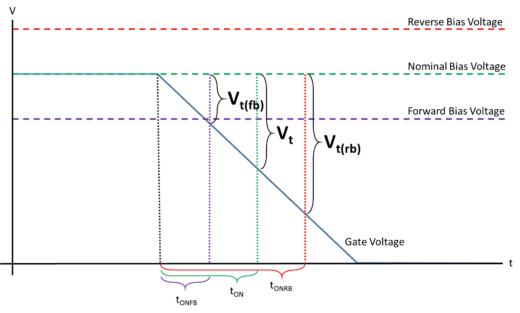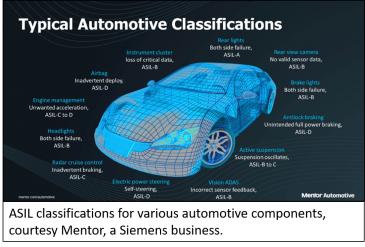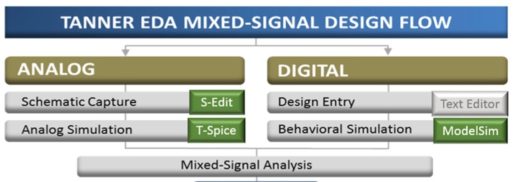Article Roundup: Body Biasing’s Return, ISO 26262 2nd Edition, Automated PCB Schematic Verification, ARM DesignStart & Hardware-Based AI
- The Return Of Body Biasing
- Mentor Tessent Products Ready for Second Edition of ISO 26262 Coming in March 2018
- Fully Automated Schematic Verification
- ARM DesignStart case study demonstrates scheme’s ease-of-use
- Opinion: Hardware-Based AI
The Return Of Body Biasing
SemiEngineering

Body biasing is regaining popularity as designers aim to make highly functional mobile devices with long battery lives. However, modifying transistor threshold voltages can have unintended effects on the functionality of the device, creating unique verification challenges. Read more about body-biasing in this article.
Mentor Tessent Products Ready for Second Edition of ISO 26262 Coming in March 2018
SemiWiki
 An update to the ISO 26262 standard is coming in March. The second edition will introduce new provisions for functional safety-related processes during the development of automotive semiconductors. This article explains the new standard and how Mentor’s Tessent solutions are uniquely positioned to ensure semiconductor reliability.
An update to the ISO 26262 standard is coming in March. The second edition will introduce new provisions for functional safety-related processes during the development of automotive semiconductors. This article explains the new standard and how Mentor’s Tessent solutions are uniquely positioned to ensure semiconductor reliability.
Fully Automated Schematic Verification
I-Connect007
PCB schematic verification ensures that design intent is properly implemented throughout simulation, layout, fabrication and more. A fully automated schematic verification flow prevents costly design errors from reaching downstream processes, preventing respins and reducing time to market.
ARM DesignStart case study demonstrates scheme’s ease-of-use
Tech Design Forum
 ARM partners with Mentor’s Tanner EDA mixed-signal flow to take an IoT design from proof-of-concept all the way to silicon fabrication at no cost. DesignStart is the fastest and most cost-effective path to the proof-of-concept stage, making it an ideal choice for new IoT designs. This article covers a case study of a connected sensor, 8-bit analog-to-digital converter, and CPU.
ARM partners with Mentor’s Tanner EDA mixed-signal flow to take an IoT design from proof-of-concept all the way to silicon fabrication at no cost. DesignStart is the fastest and most cost-effective path to the proof-of-concept stage, making it an ideal choice for new IoT designs. This article covers a case study of a connected sensor, 8-bit analog-to-digital converter, and CPU.
Opinion: Hardware-Based AI
TechSpot
With artificial intelligence gaining traction high-tech markets, the assumption that AI processing must be done in the cloud isn’t necessarily the case. By reducing the “learnings” achieved in datacenters to manageable pieces of software, AI decision-making can be achieved at the edge.